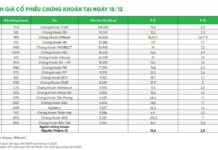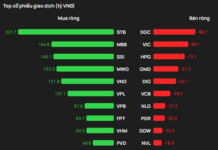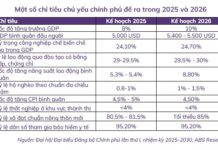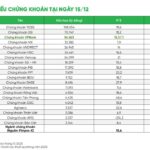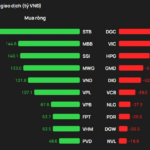Unifying Land Prices After Mergers: A Government Directive
The Vietnamese government, in its Resolution 268, has instructed the unification of land prices following administrative mergers as part of its efforts to streamline the two-tier local government model.
In line with this, the Ministry of Construction is tasked with overseeing the implementation of Resolution 66.1/2025/NQ-CP, which addresses challenges in master planning and land management for emerging urban areas post-administrative reorganization.
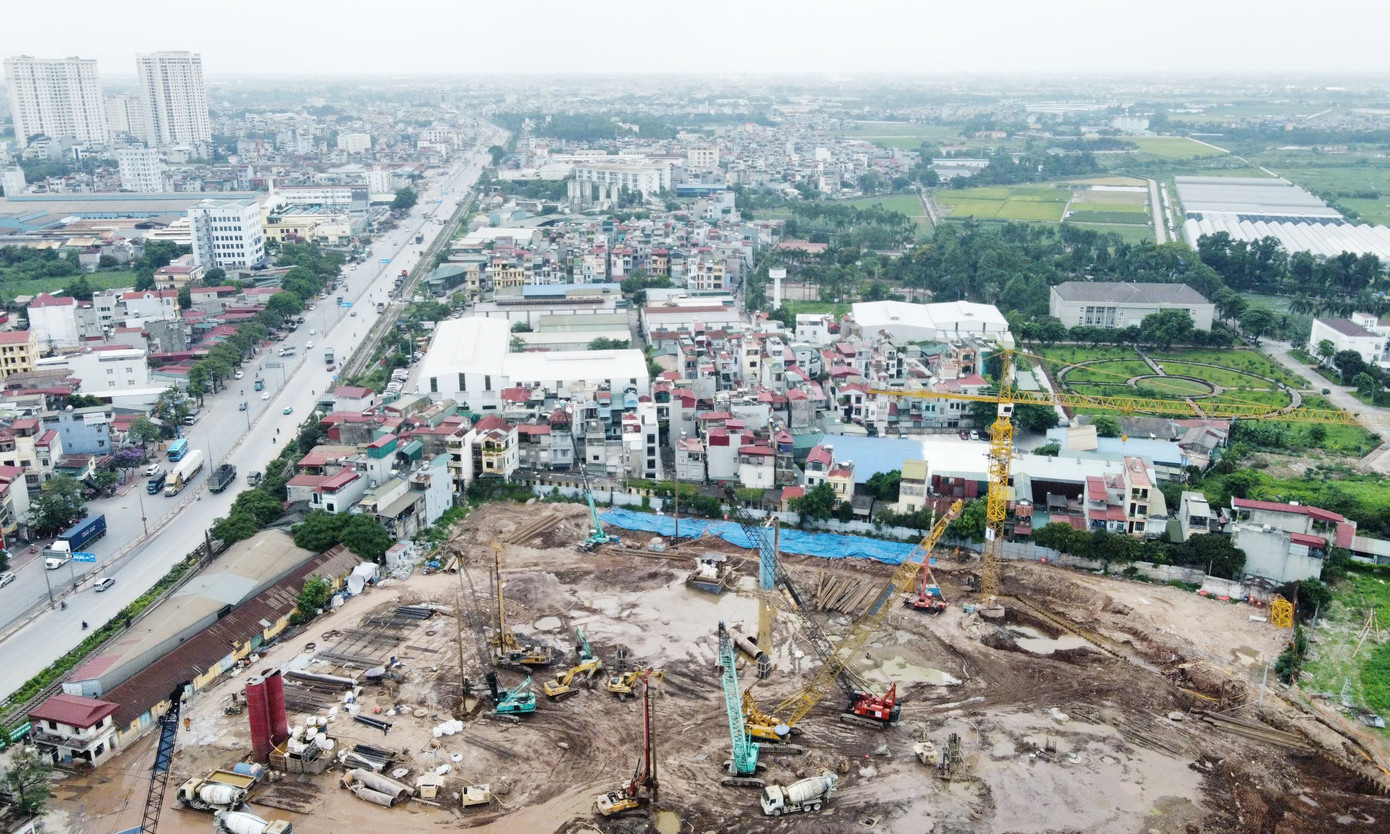
The Ministry of Agriculture and Environment is charged with advising on a unified land price framework post-mergers, forming the basis for compensation and site clearance.
This involves guiding the development of new spatial plans and making necessary adjustments to optimize the unique potential, competitive advantages, and distinct characteristics of each province and commune.
The Ministry of Finance is directed to streamline procedures for provincial planning approvals to better support local socio-economic development.
Additionally, the Ministry of Agriculture and Environment is urged to issue detailed guidelines on land acquisition, allocation, and leasing, as well as on the preparation of land use plans at the communal level, as stipulated in Decree 151 and Circular 23/2025/TT-BNNMT.
A key responsibility of the Ministry of Agriculture and Environment is to advise on a unified land price framework post-mergers, which will serve as the foundation for compensation and site clearance processes.
Evolving Land Price Determination Mechanisms
During a recent press conference held by the Ministry of Agriculture and Environment, representatives from the Land Management Bureau highlighted significant changes in the draft Law on Amending and Supplementing the 2024 Land Law, particularly regarding land price determination and conversion mechanisms.
Mr. Mai Van Phan, Deputy Director of the Land Management Bureau, elaborated on the proposed financial and land pricing mechanisms, stating that the Ministry suggests using the land price table and adjustment coefficients as a basis for financial obligations and compensation when the state retrieves land. He also mentioned the inclusion of technical infrastructure costs in the determination method.
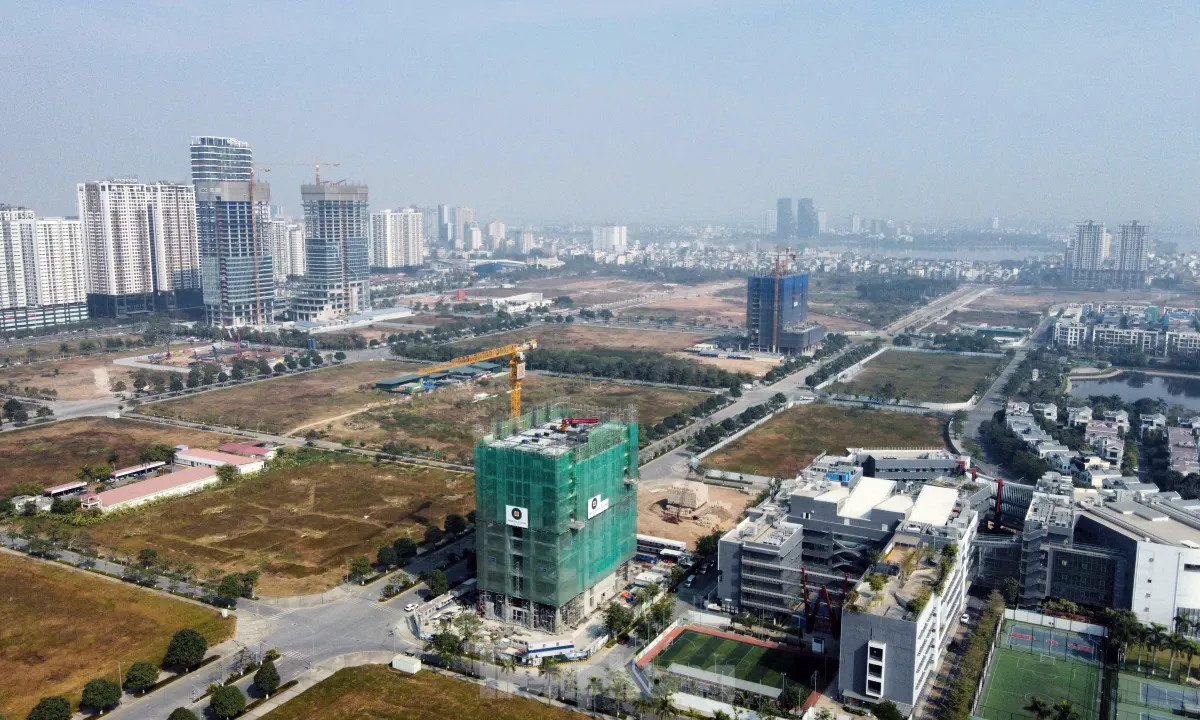
The draft amended Land Law introduces novel aspects regarding land price determination.
Addressing the changes in land pricing, Mr. Phan noted that a significant shift has been the move away from the previous Land Law’s distinction between specific land prices and the land price table, which led to inconsistencies in application.
According to the 2024 Land Law, the land price table will remain but will be adjusted using coefficients depending on the context, whether it involves compensation, retrieval, or conversion.
“Striking a balance is crucial,” emphasized Mr. Phan. “If land use fees are set too high, investors may be discouraged due to the substantial costs. However, if they are too low, we risk compromising budget revenues. The revised law aims for a transparent, flexible, and equitable approach.”
He further assured that the amended Land Law seeks to ensure budgetary revenues while reducing investment costs, thereby attracting businesses. The combination of the land price table and adjustment coefficients will be contextually applied to support genuine needs and encourage investment, ultimately fostering economic growth.
Over 334,000 Homes Supported for New Builds and Repairs Nationwide.
As of August 17, 2025, a consolidated report from 34 localities and related agencies revealed that a total of 334,234 houses have been provided to eligible beneficiaries under the country’s social housing program. This significant milestone underscores the nation’s unwavering commitment to supporting those in need and ensuring that every citizen has access to safe and secure housing.
A Curious Signal in the Real Estate M&A Market
The land-expanding race in 2023 was dominated by foreign giants. However, the 2024 market is expected to see a stronger return of domestic enterprises after two years of restructuring.
















